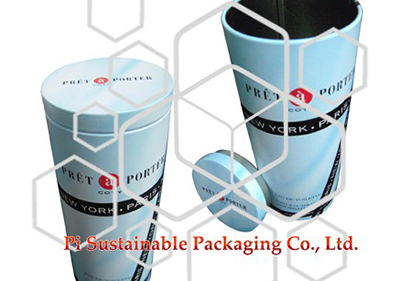What are the classification of cosmetic packaging?
Dec 05,2023 | Views: 887
Cosmetic packaging can be classified based on various criteria, including the materials used, the type of packaging, and the purpose of the packaging. Here are some common classifications:
Materials Used:
Glass Packaging: Glass is often used for premium and luxury cosmetic packaging. It is recyclable and provides a high-end feel.
Plastic Packaging: Plastic is widely used for its versatility, cost-effectiveness, and lightweight properties. However, there is increasing emphasis on using sustainable and recyclable plastics.
Metal Packaging: Metal containers are durable, provide a barrier against light and air, and are often used for certain types of cosmetic products.
Type of Packaging:
Bottles and Jars: Common for liquid products such as lotions, serums, and creams.
Tubes: Flexible tubes are often used for creams, gels, and ointments.
Pumps and Dispensers: These are common for liquid products and allow for controlled dispensing.
Compacts and Palettes: Common for powders, eyeshadows, and blushes.
Pouches: Flexible pouches are lightweight and can be used for various products.
Primary Packaging: Directly in contact with the cosmetic product, such as the bottle containing a lotion.
Secondary Packaging: Outer packaging that provides additional protection and information, such as a box or carton.
Travel or Sample Packaging: Small-sized packaging for convenience during travel or as sample products.
Sustainable Packaging:
Biodegradable Packaging: Materials designed to break down naturally over time.
Recyclable Packaging: Materials that can be recycled, such as glass and certain types of plastics.
Reusable Packaging: Containers that are designed for multiple uses.
Design and Branding:
Custom Packaging: Unique designs tailored to a specific brand's identity.
Standard Packaging: Common designs used for multiple products within a brand.
Specialty Packaging:
Gift Sets: Packaging designed for special occasions or as gift items.
Limited Edition Packaging: Unique designs released for a limited time or special events.
Safety and Tamper-Proof Packaging:
Tamper-Evident Packaging: Features to show if the product has been opened or tampered with.
Child-Resistant Packaging: Designed to prevent easy access by children.
These classifications are not mutually exclusive, and many cosmetic products may use a combination of these packaging types based on their specific requirements and marketing strategies. Additionally, the cosmetics industry is evolving with an increasing focus on sustainability, eco-friendly materials, and innovative packaging solutions.
Prev: Pi Sustainable Packaging: Redefining Luxury in Jewelry and Cosmetic Elegance
Next: In cold weather, what should be paid attention to in packaging printing?
Materials Used:
Glass Packaging: Glass is often used for premium and luxury cosmetic packaging. It is recyclable and provides a high-end feel.
Plastic Packaging: Plastic is widely used for its versatility, cost-effectiveness, and lightweight properties. However, there is increasing emphasis on using sustainable and recyclable plastics.
Metal Packaging: Metal containers are durable, provide a barrier against light and air, and are often used for certain types of cosmetic products.
Type of Packaging:
Bottles and Jars: Common for liquid products such as lotions, serums, and creams.
Tubes: Flexible tubes are often used for creams, gels, and ointments.
Pumps and Dispensers: These are common for liquid products and allow for controlled dispensing.
Compacts and Palettes: Common for powders, eyeshadows, and blushes.
Pouches: Flexible pouches are lightweight and can be used for various products.
Aerosol Cans: Used for products like sprays and foams.
Primary Packaging: Directly in contact with the cosmetic product, such as the bottle containing a lotion.
Secondary Packaging: Outer packaging that provides additional protection and information, such as a box or carton.
Travel or Sample Packaging: Small-sized packaging for convenience during travel or as sample products.
Sustainable Packaging:
Biodegradable Packaging: Materials designed to break down naturally over time.
Recyclable Packaging: Materials that can be recycled, such as glass and certain types of plastics.
Reusable Packaging: Containers that are designed for multiple uses.
Design and Branding:
Custom Packaging: Unique designs tailored to a specific brand's identity.
Standard Packaging: Common designs used for multiple products within a brand.
Specialty Packaging:
Gift Sets: Packaging designed for special occasions or as gift items.
Limited Edition Packaging: Unique designs released for a limited time or special events.
Safety and Tamper-Proof Packaging:
Tamper-Evident Packaging: Features to show if the product has been opened or tampered with.
Child-Resistant Packaging: Designed to prevent easy access by children.
These classifications are not mutually exclusive, and many cosmetic products may use a combination of these packaging types based on their specific requirements and marketing strategies. Additionally, the cosmetics industry is evolving with an increasing focus on sustainability, eco-friendly materials, and innovative packaging solutions.

 English
English 日本語
日本語 Français
Français Deutsch
Deutsch Español
Español
